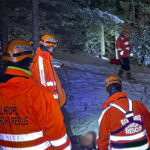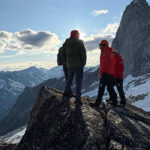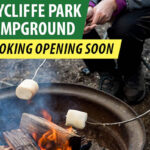Home »
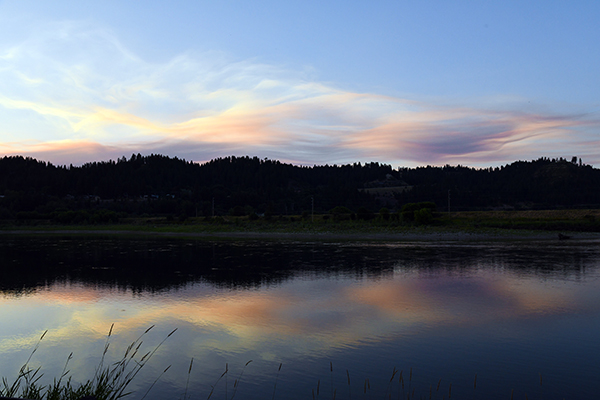
Watershed Board wraps up summer listening sessions
During the past three months, the International Elk-Kootenai/y Watershed Study Board (Study Board) met with the public from across the watershed via three listening sessions including two in-person, one in Fernie, and one in Bonners Ferry, ID.
The sessions offered an opportunity to those residing within the watershed to provide information and insights to the Study Board on the various sources and effects of water pollution in the study area.
“These sessions were instrumental in gathering information from many sources, including those that are unknown to us,” said Tom Bansak, US Study Board co-chair. “We are grateful to all who participated and shared their knowledge.”
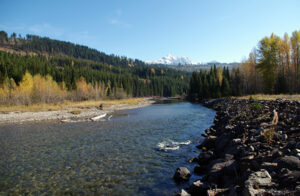
The input and advice received from listening session participants will help guide and prioritize the efforts of the Study Board’s technical working groups as they delve into specific areas of research.
The Study Board is an independent body comprised of experts and knowledge holders established by the International Joint Commission (IJC) to explore the impacts of water pollution in the Kootenai/y watershed as well as impacts to humans and species.
“The Study Board’s charge is to bring groups from across the watershed together so that we can develop a common understanding of water pollution,” said Canadian Study Board co-chair Oliver Brandes. “These first-hand accounts and records from all those living and working in the watershed are critical to ensure a well-rounded analysis. That is important for generations to come,” Brandes added.
The Study was launched in September 2024 and will conclude in September 2026. The Study Board’s Plan of Study outlines the work it will undertake throughout the study period.
You can stay up to date with Study Board activities at www.ijc.org/ekwsb. A summary report of the input received during these listening sessions will be available in the fall.
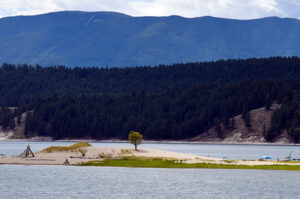
The IJC established the Study Board in response to a March 2024 request to the IJC from the governments of Canada and the United States, in partnership with the Ktunaxa Nation. This request (“the Elk-Kootenai/y Reference”) represented an historic moment in United States-Canada transboundary relations, because it is the first time that Indigenous Peoples have played a key role in the development of a Reference to the IJC.
The Elk-Kootenai/y Reference was the result of many conversations and cooperative initiatives involving United States and Canadian federal agencies, provincial, state, and Indigenous governments, and stakeholders regarding the impacts of water pollution in the watershed.
The Elk and Kootenai/y rivers rise in the Canadian Rockies of the province of British Columbia and flow into Koocanusa Reservoir, an impoundment of the Kootenay/Kootenai River that spans the Canadian-US border. Below the reservoir, the Kootenai/y River continues to flow through transboundary Ktunaxa lands, through the states of Montana and Idaho, and back to the province of British Columbia, where it empties into the Columbia River.
Lead image: The Kootenai River in Bonners Ferry, Idaho. e-KNOW file photos
International Elk-Kootenai/y Watershed Study Board
